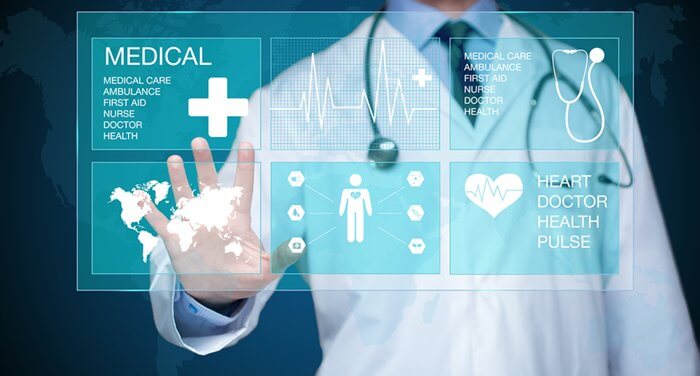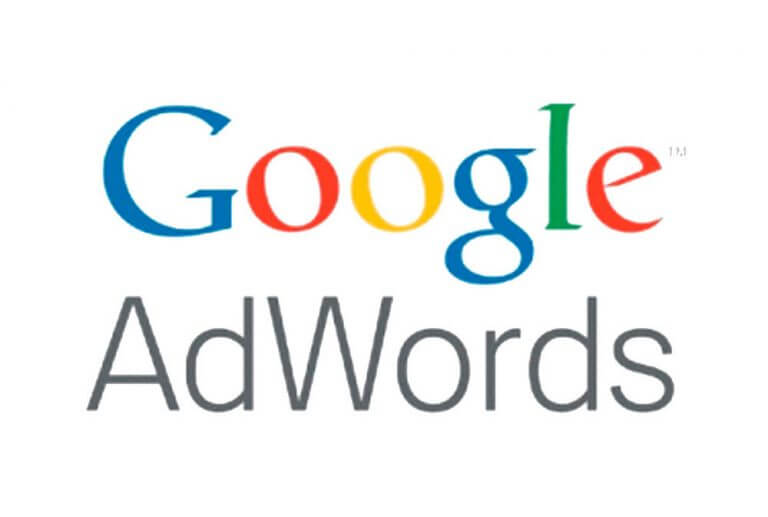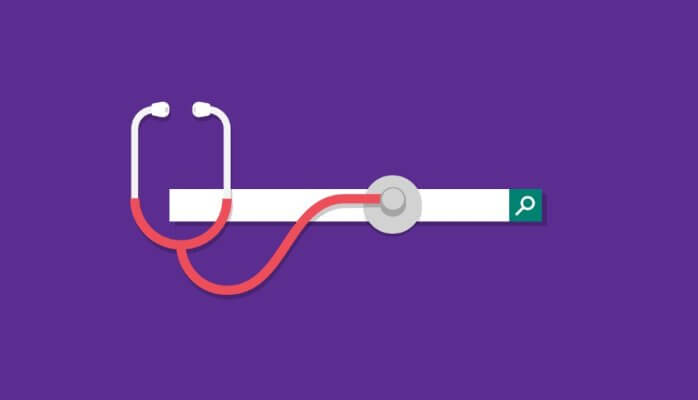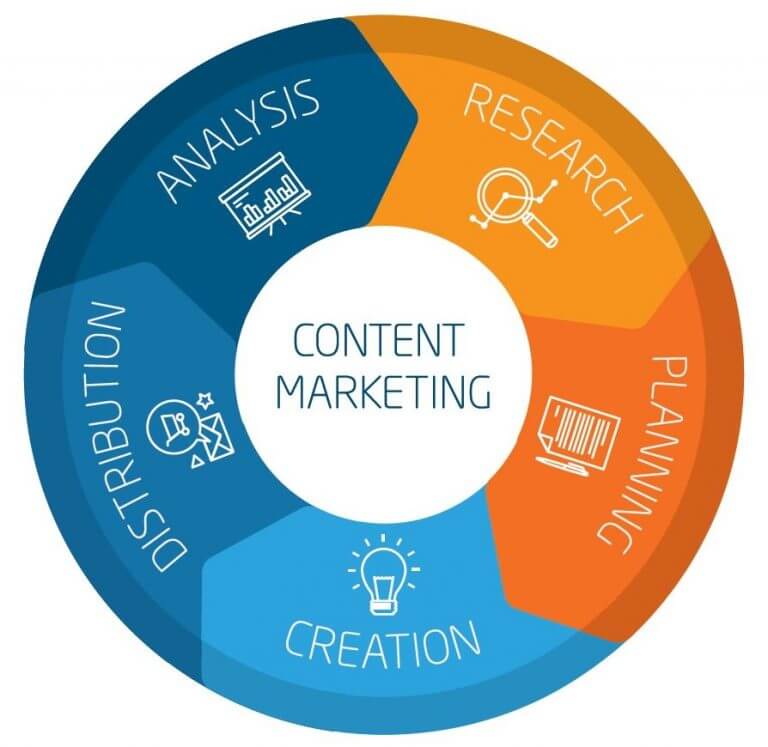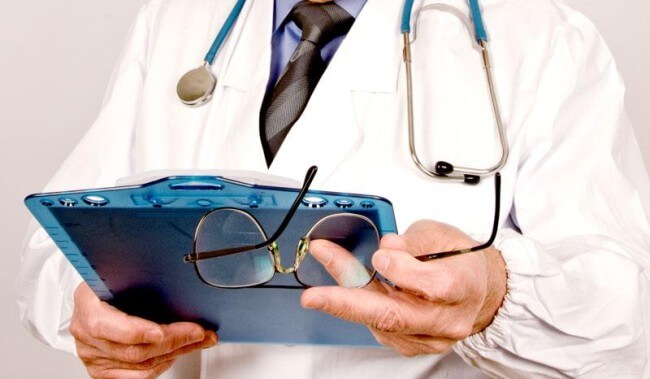Technology startups sometimes get bad press for creating solutions to problems that don’t even exist. So it’s somewhat refreshing to see a large increase in doctors advising new businesses on how to start concentrating on solving the right problems.
Despite the ubiquity of wearable technology and mobile apps, there continues to be a wealth of opportunities in the healthcare tech space. It’s easy to forget how many people are only just discovering how to quantify information about their health and wellness by monitoring their lifestyle.
Traditional healthcare involves patients waiting for health issues to surface before seeking medical attention to solve issues as they happen. The biggest change in attitudes is the realization of these benefits by creating healthy habits. Tracking and understanding our own personal data can keep us healthier and even prevent illness.
Armed with a 21st-century ethos of prediction and prevention, it’s clear that the healthcare industry is beginning to play a major part of this digital transformation. For patients there is now a wealth of opportunities to take ownership of their lifestyle choices and make decisions that used to be made by healthcare professionals.
The worldwide wearable market could grow to 155 million by 2019. More interestingly, an estimated 13 million wearable trackable devices will be integrated into employee wellness programs by 2018. Subsidized devices or services could also be offered in exchange for providing critical data points and feedback.
Digital solutions are using a combination of innovation and technology to deliver a personalized patient experience. With increasing the quality of outcomes and the convenience of care being at the top of the agenda, telehealth is one of the many solutions that can offer face-to-face interaction via smartphones and tablets. This will help pharmacists provide more efficient care to patients suffering with complex conditions, from asthma and diabetes to rheumatoid arthritis, multiple sclerosis and cancer.
When combined with a visit from a board-certified doctor, e-prescribing will also enable physicians and pharmacies to reduce the administrative burden in medical offices while also delivering better decision making. Increasing both convenience and time savings is even more important to those with health issues. The ability to offer prescriptions from a smartphone or tablet and ship them directly to a member’s front door is quickly becoming the preferred option for maintenance medications.
Telehealth services are also expected to increase from 350,000 in 2013 to 7 million in 2018. The adoption of health-related smartphone apps has doubled in the last two years alone. The fact is, there will be over six billion smartphone users globally by 2020, it’s easy to see where the next hard trend in healthcare will be.
The exponential amount of data available paired with advances in technology will allow intelligent machines used by doctors to offer an unprecedented level of personalized healthcare. The wealth of data being captured is already allowing computers to assist with the diagnosing and treatment of conditions and even to perform complicated surgeries with greater precision and fewer errors.
Technology will never replace doctors and nurses, but will provide them with more data-driven insights and actions. A combination of data and technology will enable doctors to achieve their desired results faster and more effectively while also offering unique and personalized care to the patient.
Patient data, being anticipatory rather than just reactionary, will also help uncover opportunities for action. Precise and real-time insights from complex or disparate data sources will allow smarter healthcare decisions. Advances in cognitive computing capabilities will bring pharmacy data, healthcare data and even non-traditional data together to predict individual patient health outcomes.
Predicting individual health patterns and facing age-old challenges such as drug adherence head-on will revolutionize the healthcare industry. The evidence already clearly states what will happen, and it will further determine the positive, accelerated transformation in healthcare.
As we enter the next wave of technological change in this digital transformation, we can already see how far we have come in a short space of time. In the last 12 months alone, people are tweaking good and bad lifestyle habits to obtain a greater understanding of themselves, their bodies and their overall health.
It is relatively easy to track our consumed calories, resting heart rate, blood pressure, sleep patterns and daily exercise without setting foot in a doctor’s waiting room and having to flip through out-of-date magazines. We seldom stop to think about how much has changed or how much actionable information about ourselves we can now gather on our own.
Following these Hard Trends will lead you to the future of modern healthcare in a digital age. The most positive aspect to these technological advances is that we are finally starting to ask more questions and concentrate on building solutions to real problems.

